Hi, my name is James and welcome to Code/Switch. I think I’ve mentioned this before; I’m actually pretty new to Tabletop RPG’s and am by far the newest in this style of game at Know Direction. In fact August 9th will be my three year anniversary of my first game of Pathfinder at a local Society meet-up. I’d read up on the rules and was versed in fantasy tropes and generally knew what the ideas behind creatures were, until I met Fey. For a while Fey broke me, they were creatures that existed that weren’t necessarily evil but did many naughty things to low-level adventurers. These Fey, while annoying were understandable. Most were versions of sprites and fairies from Celtic mythology, a group of hostile Tinkerbells. That is until I started playing higher level games and got involved in home games. Suddenly instead of pixies, cricket centaurs, and Keebler elves, these Fey were taking the forms of stick-based constructs, skinless abominations, and that thing Ripley fought on the Nostromo.
So What Are Fey?
In real life, Fey is shorthand for fairy, which in turn is shorthand for a large variety of supernatural creatures from folklore. The folklore is center around areas with Celtic history, but the concept of fairies extends beyond region of origin. Their appearance is relatively uniform; small humans, occasionally with a feature of flora or fauna (like a crown of flowers or butterfly wings), and with the ability to use magic or other supernatural abilities. These fairies could be as small as a doll to as large as a child.
What exactly they are depends on who you ask, where they are when you ask them, and what year you’re asking. At times folklore has categorized Fairies as spirits of elements like air or fire, at other times they’ve been viewed as the wayward spirits of the dead. Other tales explain them as supernatural beings akin to deities who have retreated from sight after a series of set-backs. Some examples of common and unusual fairies from folklore are; brownies, gnomes, will o’ the wisps, goblins, and dullahans. In Pathfinder from those examples only brownies are categorized as Fey, what gives?
What are Fey in Pathfinder?
In Pathfinder, Fey are beings and creatures from the First World. The First World is what it sounds like; the First World was created as a “draft” for what would become the Material and Shadow planes. It’s a crazy proto-verse where the laws that are fixed in other places like the Material Plane are more of a suggestion than a law. The myriad of forms Fey take and the behaviors they exhibit reflect this constant change in environment.
Identifying certain Fey can be difficult, we have a common idea that pixies are Fey, but if you’re well-versed in Celtic folklore you may see things that are Fey in folklore change designations in Pathfinder. This is usually done to align common themes between creature types. A dullahan is a Celtic fairy, but in Pathfinder its an undead. The reasoning behind this is it’s a creature with a physical description and traits closer to an undead than a Fey, banshees get this treatment as well. Players in Pathfinder use knowledge nature for identification of Fey which is helpful because some Fey just don’t fit our description for Fey. We can tell if something’s undead by looking at it, we can tell if something’s humanoid by looking at it, Fey blurs the line between humanoid, beast, magical beast, and aberration and if you fail the knowledge check, good luck. Generally Fey are more easily beaten using cold iron weapons and many of them can be interacted and possibly even negotiated with, if you can manage to understand their desires (good luck). They almost always wield supernatural magic and are often have a humanoid shape, and often wield weapons just like humanoids but dislike using manufactured armor.

See how Tim the Fairy wields a straight razor but has forsaken all armor, including skin. He also has the supernatural ability to make me wet the bed.
What are Fey (In English Please)?
Fey in Pathfinder are hard to describe. Originally just the designation for Celtic fairies the type has come to encompass creatures of real world local folklore (Like the horrifying Tooth Fairy) and omit other Celtic fairies from the type by placing them in other type-groups in which they have more in common with. If I had to explain Fey in on sentence, it’d probably be “Fey are the Magical Beasts of Humanoids.” Hopefully this was a helpful explanation of Fey for your gaming table and I hope the sheer, horrifying variety of Fey encourages you to include more Fey at your table when possible.

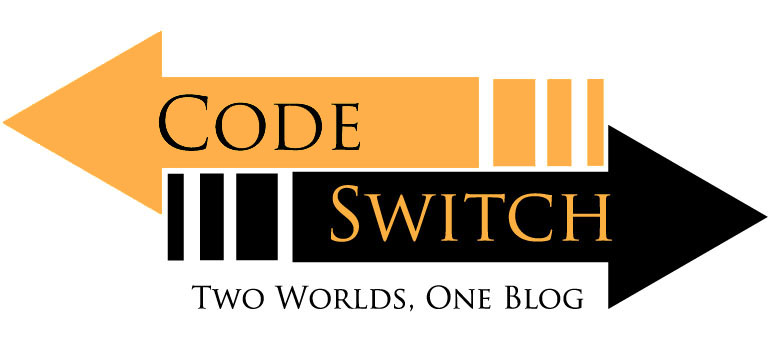
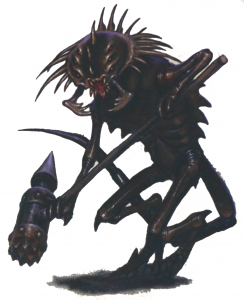
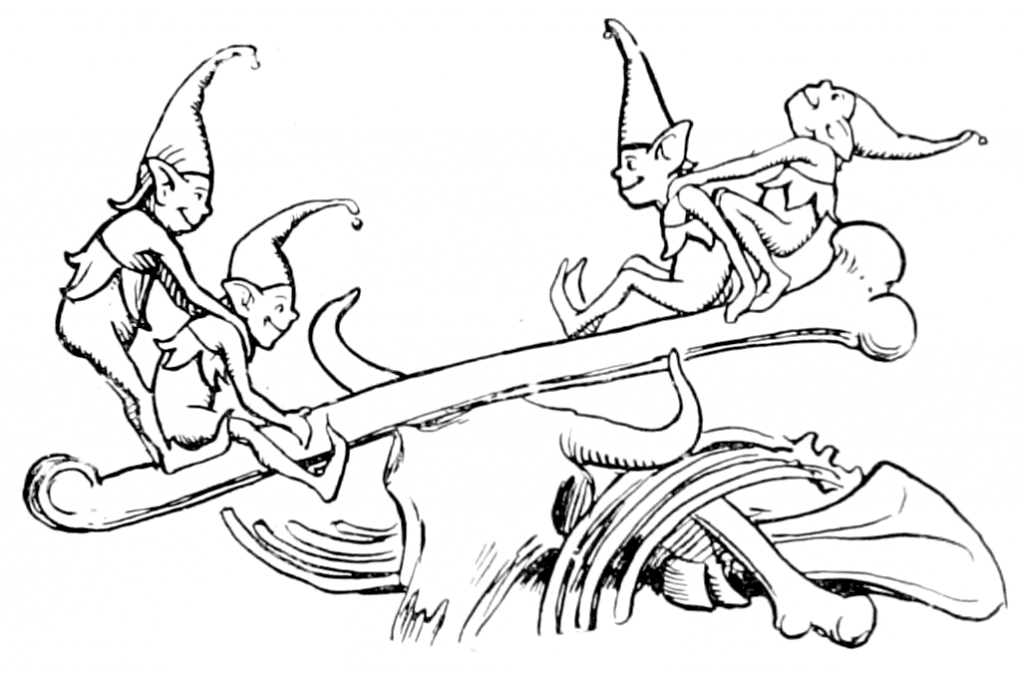
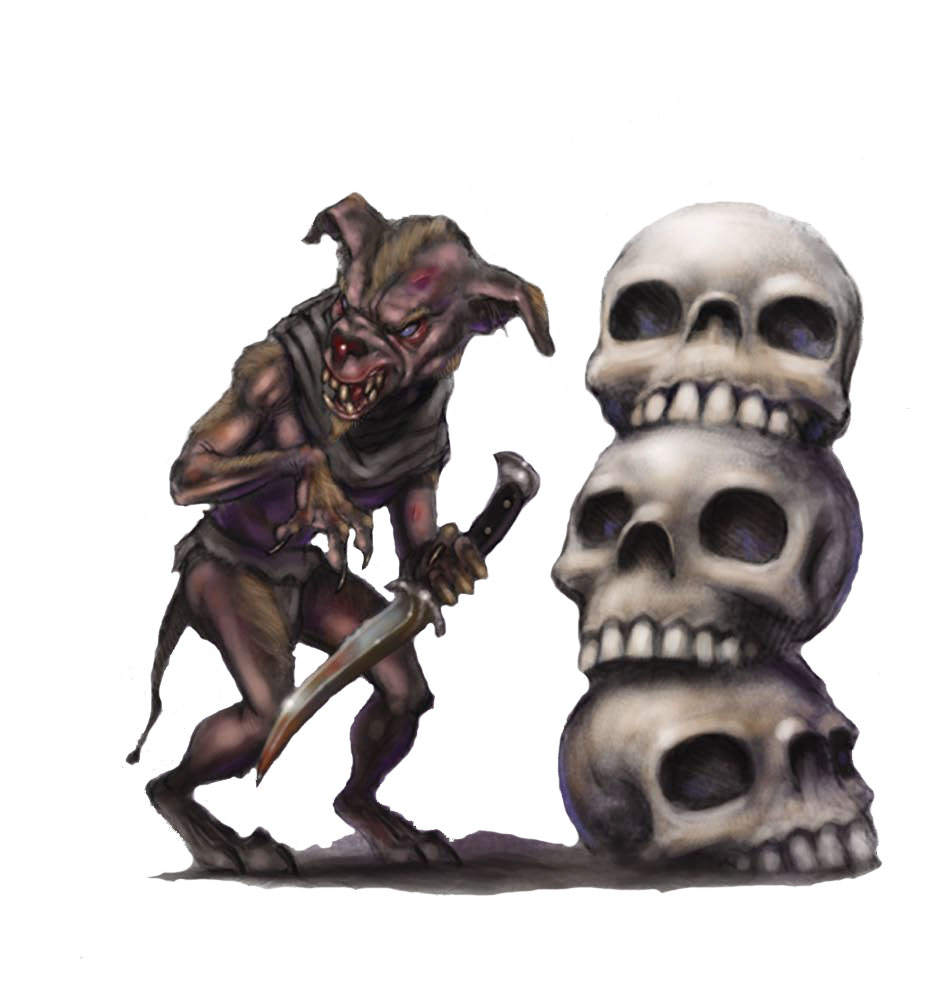
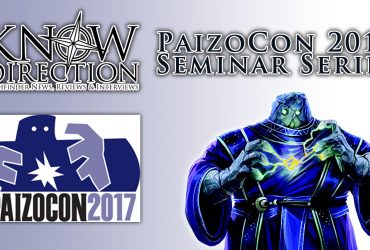




Pathfinder fey are too often evil.
I always think that about 70% of fey should be CN.
They can still make great antagonists because of their strange perspectives and personalities.
Sadly, in Pathfinder, most fey are redcaps in spirit.